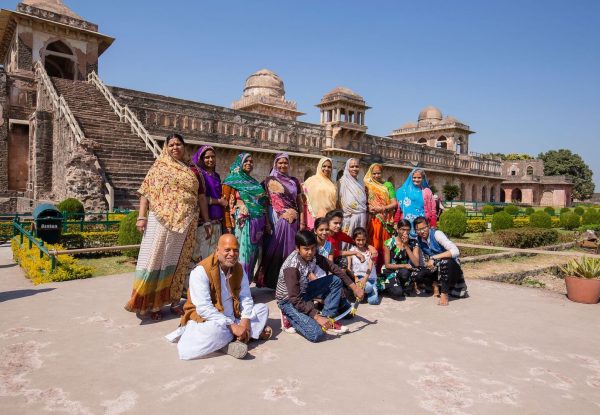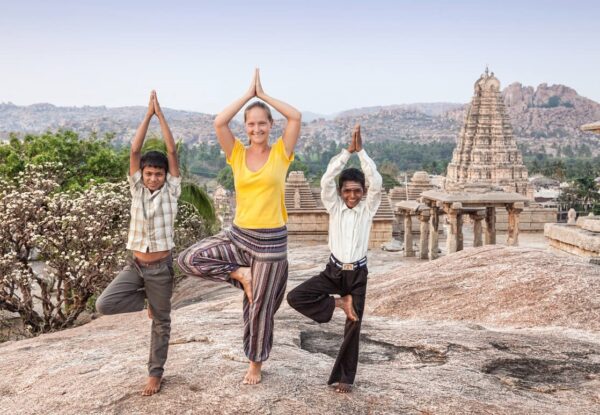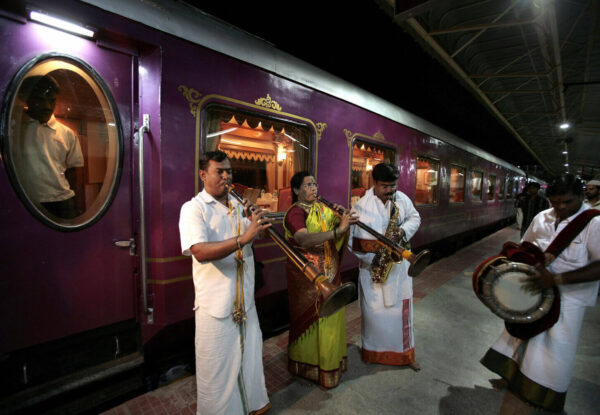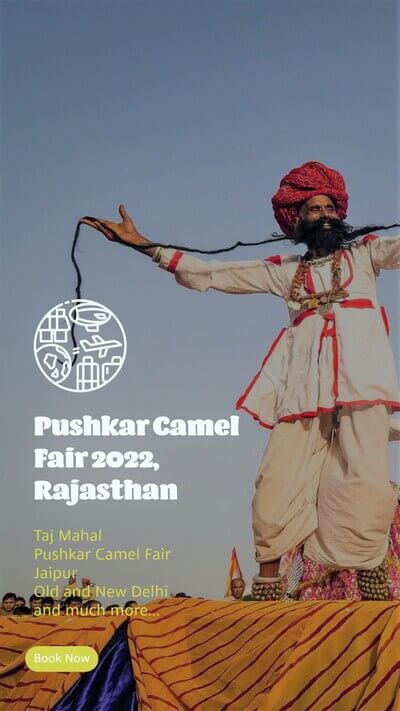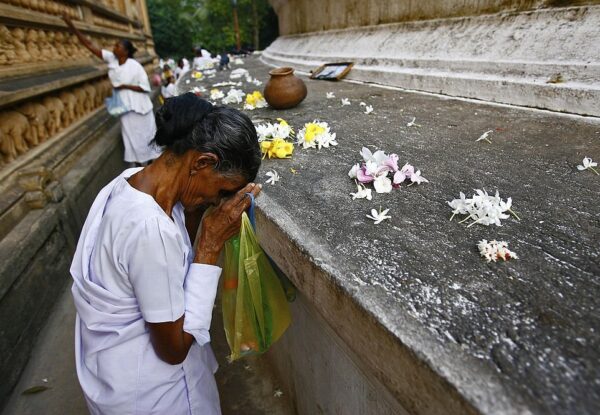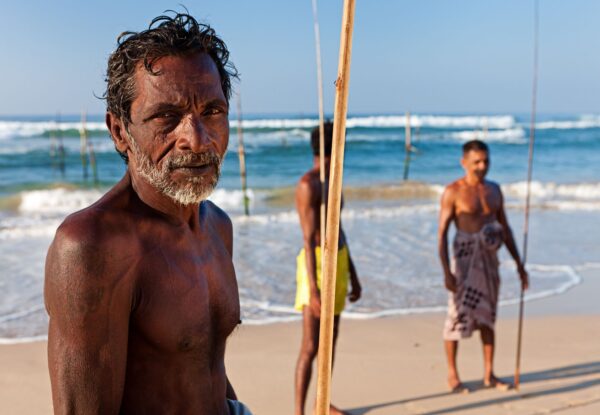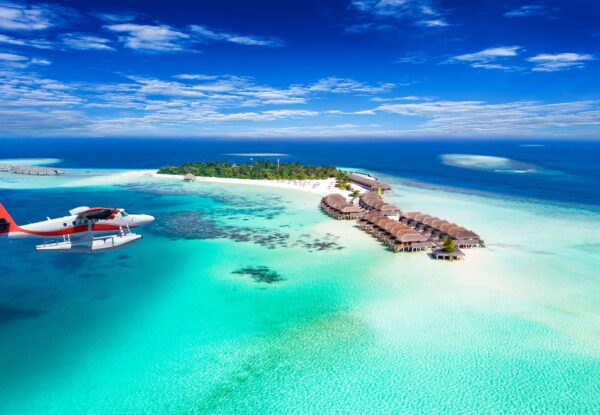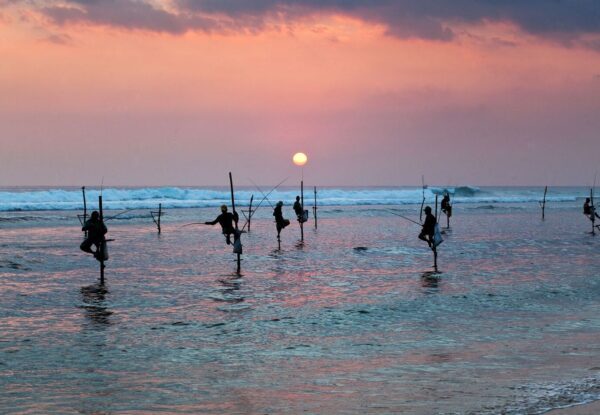13-Day Off the Beaten Track Adventure in Sri Lanka, including Jaffna
Trip Details
Sri Lanka may be a small island, but it is unbelievably diverse with a surprising variety of attractions to please every taste. We start at Negombo, the laid-back seaport city and then proceed by road to the wonderful Wilpattu National Park where we will go on a game drive in search of its resident elephants and maybe spot a leopard. Our trip will lead us to the ancient secrets of Anuradhapura and hidden gems of Jaffna, then along the beautiful coast and beaches of Trincomalee. No visitor will fail to be impressed by Dambulla’s age-old cave temples or the renowned Temple of the Sacred Tooth. Snorkeling in the clear blue waters of the Pigeon Island National Park is next, followed by a boat trip in the Indian Ocean to watch blue whales cavort. More adventures await as we climb the stone steps up the Lion Rock massive in Sigiriya to explore the fortress on top. We drive past lush green tea plantations in the highlands around Kandy and breathe in the cool, clean air of its spiritual heart. Last but not least on the list is Colombo, the vibrant capital city of Sri Lanka where we will get to know its rich colonial heritage and iconic sites and do some last-minute shopping for souvenirs.
Highlights of the Off the Beaten Track Tour
- Anuradhapura – The Once-Lost: This beautiful city where history comes alive, is best explored by bicycle. It is the best way to enjoy the stupas, citadels, and monasteries of this time-honored capital at a leisurely pace.
- Jaffna and Nainativu Island – The Colorful: Jaffna was reopened to tourists after being off-limits to visitors for the past 30 years, so keep in mind that it is less developed, and you may find service and accommodations not quite up to the same standard as the rest of the country. On the plus side, there is a calm peacefulness, with less crowds, which of course has its advantages.
- Mihintale – The Slumbering Village: Visit the blissful slumbering village of Mihintale and its temple complex. Located just 13km/8 miles east of Anuradhapura, it has a very special place in the annals of Sri Lanka’s lore and will soon in your heart too.
- Trincomalee – Paradise: Trincomalee’s wonderful sandy beach welcomes you with picture-perfect open skies, gently swaying palm trees providing welcome shade, and sparkling waters of otherworldly colors. It is paradise on earth, perfect for relaxing, sunbathing, whale and dolphin watching, swimming and just being happy.
- Sri Dalada Maligawa – The Beating Heart of the Country: Spend an unforgettable evening at Sri Dalada Maligawa, the Tooth Temple in Kandy. Here beats the spiritual heart of the island and you will witness rituals and devotion, experience living spirituality that transcends time.
- All along the way, of course, replenish your energy and sample the rich variety of delicious fresh seafood and aromatic curries inspired by the delights of the cuisines of Arabia, India and Europe. Thus, Sri Lanka is not only a feast for the eyes, but also an extremely delicate melting pot of culinary delights that is just waiting to be discovered.

India your way, your route, your style
• Price based on two persons in a double room
• Prices are in USD Excluding international flights
• Do you prefer to travel alone or would you like to come to India with a group of friends? We will be happy to tailor-made your tour program that meets all your wishes and needs
| Travel Period | PRICE PER PERSON | |
|---|---|---|
| Apr 1, 2024 – Mar 31, 2025 | from Price on Request (Deluxe) | INQUIRE NOW |
| Apr 1, 2024– Mar 31, 2025 | from Price on Request (Luxury) | INQUIRE NOW |
Would you like to have the trip tailored to your wishes?
Our itineraries are only examples and suggestions and can be customized individually. For example, a trip can be shortened or extended with additional destinations or monuments, the hotels can be a mix of 4 and 5 star etc. Let us know your personal wishes so that we can adapt the trip to your wishes. Connect with our travel expert for a 1:1 consultation and receive your obligation free travel proposal. Together with the travel request we will send you the hotel list so that you can get a picture of the hotels selected on the internet. We promise ✔Competent and Friendly Guides ✔Expert Drivers ✔Best Hotels ✔24/7 Support. Read more on Why Vacation India?
Get in Touch: info@vacationindia.com / +91-99274-65808 (India Calling & Whatsapp) / USA/Canada: 1 (888) 414-6804
Tour Price Includes:
- 13 days’ round trip in Sri Lanka
- 12 nights’ accommodation in the hotels mentioned above with daily breakfast and dinner
- Train ride to Nuwara Eliya
- Watch the Kandy dances
- Visit to a market with the opportunity to buy spices, teas etc.
- Half-day safari by jeep in Wilpattu National Park
- Safari in Minneriya National Park
- Area tour with an exclusive all-terrain vehicle with air conditioning
- Half board (12 dinners) in the hotels you stay in
- National Park entrance fees
- Monument entrance fees
- English speaking driver cum guide
- Mineral water (1 litre) per person per day during roundtrip
- Representative for assistance on all arrival and departure transfers
- All taxes, driver allowances, parking, fuel charges, interstate taxes, tolls etc
- All Government taxes.
Services not included
- International Flight
- Lunch
- Sri lanka Visa
- Expense of personal nature like tipping, laundry, telephone/fax calls, alcoholic beverages, camera/video camera fee at monuments, medical expenses, etc.
- Optional Tour: Whale watching, Pigeon Island excursion, Excursion to Hiriwadunna Village, Lunch at Matale
There are no reviews yet. Be the first one to write one.
To receive the list of Hotels selected for this tour, please email us at info@vacationindia.com
Keywords: Sri Lanka Tour with Jaffna, Jaffna with Sri Lanka Tour
Similar Tours You May Like
Sri Lanka Tour in one Week
Negombo Beach ➜ Wilpattu National Park ➜ Anuradhapura (optional Bicycle Tour) ➜ Dambulla Caves ➜ Kandy (Tooth Temple) ➜ Polonnaruwa ➜ Sigiriya Rock Fortress ➜ Nuwara Eliya ➜ Colombo (City Tour)
Buddha, Culture and Beach – Sri Lanka in 10 Days
Negombo Beach ➜ Dambulla (Temple & Caves) ➜ Sigiriya and Polonnaruwa full day excursion ➜ Optional Afternoon Safari in Minneriya National Park ➜ Kandy (Day excursion & Kandy festival) ➜ Nuwara Eliya (Tea Plantations & Train ride) ➜ Yala National Park (Afternoon safari & Morning safari) ➜ Optional Visit Udawalawe Elephant Rearing Station ➜ Mirissa Beach ➜ Colombo (Sightseeing and Shopping in Galle & Explore Colombo)
Vacation in Sri Lanka and the Maldives
Negombo Beach ➜ Dambulla Caves ➜ Climb the Rock Fortress Sigiriya ➜ Polonnaruwa & Minneriya National Park ➜ Spice Gardens in Matale ➜ Kandy (Temple of the Tooth) ➜ Nuwara Eliya (Train Ride Through Tea Plantations) ➜ Optional Morning Hike in Horton Plains National Park ➜ Safaris in Yala National Park ➜ Colombo ➜ Maldives ➜ 3 Nights at Beach Resort in Maafushi Island in Maldives ➜ 3 Nights All Inclusive Resort in Maldives
Discover Sri Lanka
Colombo (Beach Hotel in Negombo) ➜ Pinnawela Elephant Orphanage ➜ Dambulla Caves ➜ Habrana ➜ Sigiriya Rock fortress ➜ Polonnaruwa ➜ Anuradhapura & Mihintale ➜ Minneriya National park ➜ Matale Spice Gardens ➜ Kandy (Temple of Tooth) ➜ Nuwara Eliya ➜ Horton Plain ➜ Train Ride to Ella ➜ Yala National Park ➜ Ahangama or Galle Coast (Whale Watching Excursion (November to April) ➜ Colombo


